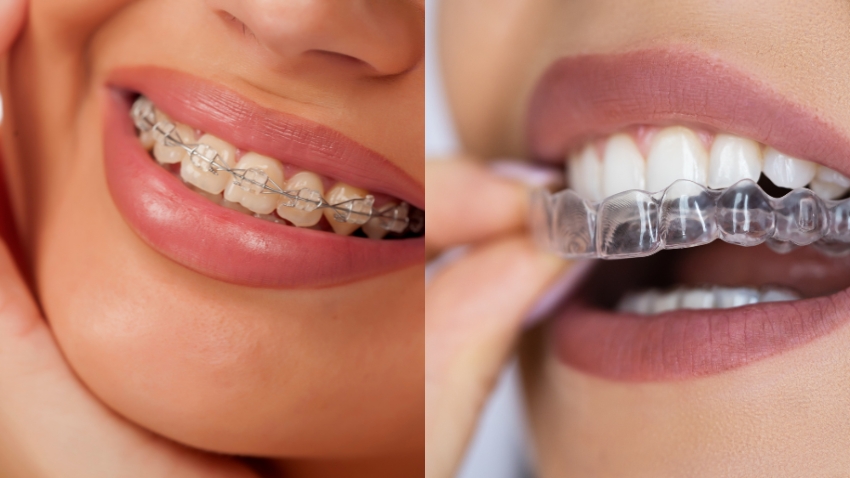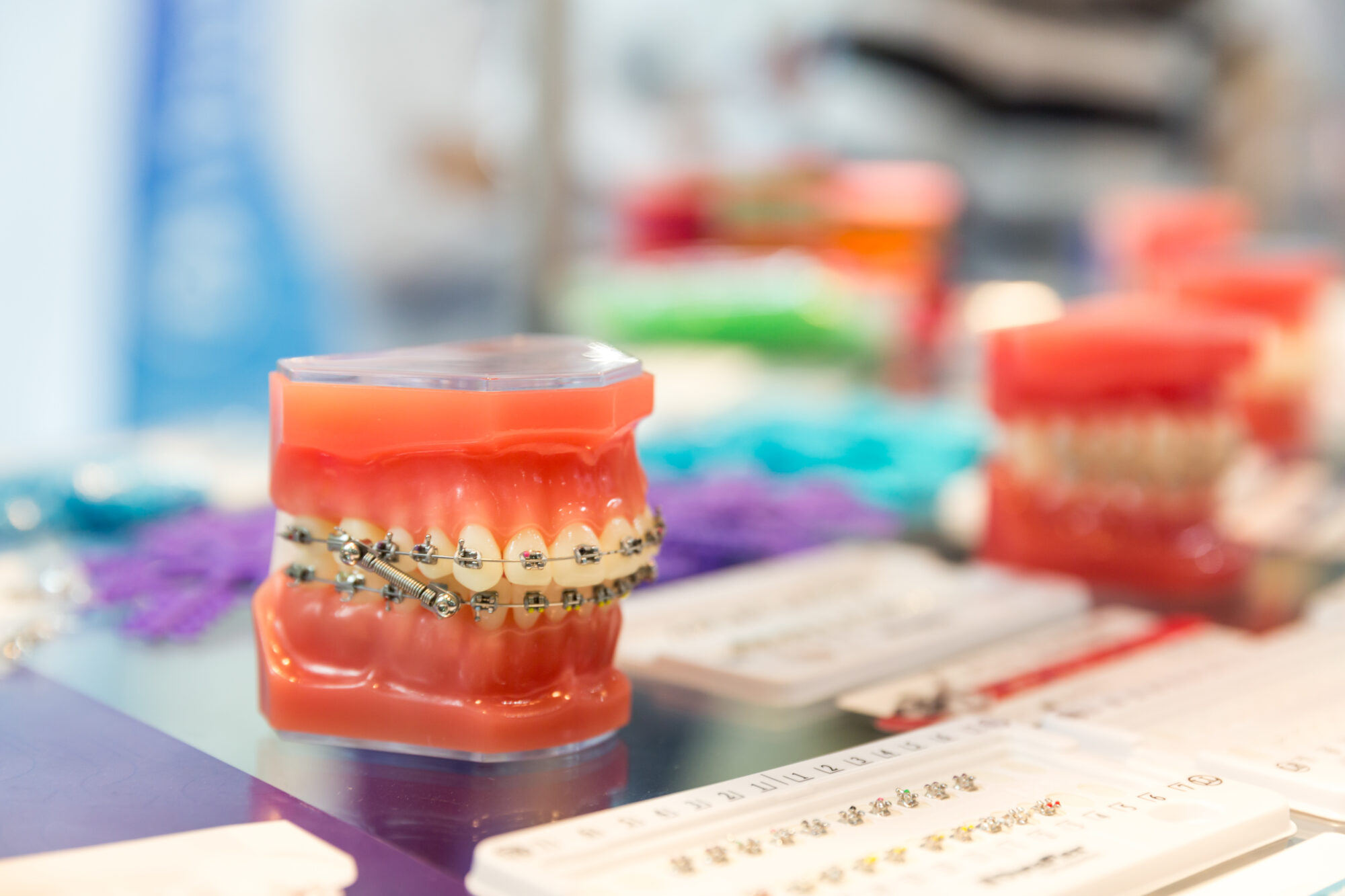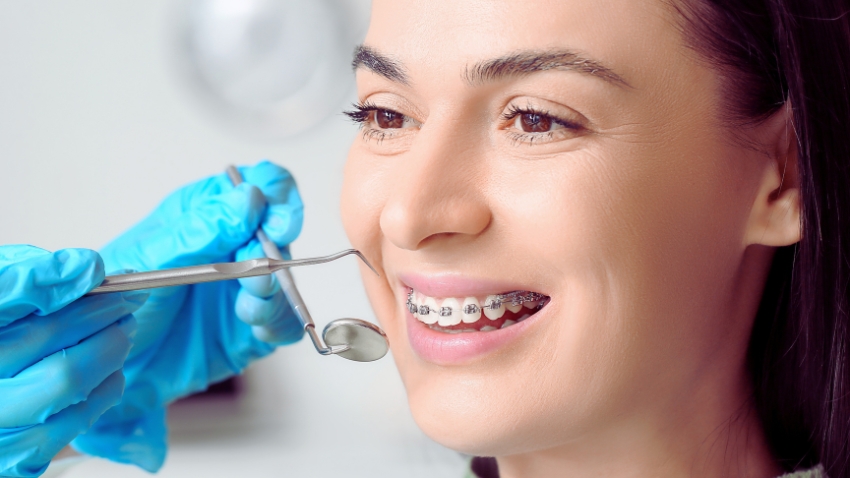Do you know that smiles can reveal one’s personality traits? Duchenne smiles, where eye and mouth movements combine, can be your signature look. It tells it all before you’ve even uttered a word. But if crooked teeth are holding you back, you probably thought about fixing them. Now comes the million-dollar question: Do you go for clear braces or clear aligners? Both treat teeth discreetly, but not in the same way. Deciding between them is choosing between coffee and tea—both do the job, but one might be more your speed.
So let’s cut to the chase in a manner that really works. No filler. No jargon. Just plain speak about what works best for your teeth.
What Are Clear Braces?
Clear braces ditch the idea of metal clinging to your teeth. Instead of metal brackets, they use clear or tooth-colored ones, which makes them tough to spot. They work as fine as traditional braces without the nagging pain and embarrassment in front of a large gathering.
Why people choose clear braces:
- Perfect for fixing severe misalignment or bite issues.
- Worn 24/7, so no need to remember to put them on.
- Clear braces are less visible than metal braces but just as effective.
Potential drawbacks:
- Still visible, especially up close.
- It can be tricky to eat certain foods with them.
- Requiring more effort to clean.
Why individuals are so fond of clear aligners:
- Almost invisible—perfect for adults and teenagers who don’t need braces to be visible.
- You can take them out to eat, brush, or for special events.
- No metal, no wires, no sore adjustments.
Here are some things to keep in mind:
- Needs discipline—wear them a minimum of 22 hours a day.
- Not ideal for complex orthodontic cases.
- Lost a tray? Hold back progress (and extra cost!).
Clear Braces vs. Clear Aligners: The Showdown
Now, let’s get into the nitty-gritty. Which one truly fits your lifestyle?
| Feature | Clear Braces | Clear Aligners |
| Visibility | Less noticeable but still visible | Almost invisible |
| Comfort | Can cause gum irritations | Smooth, no wires or brackets |
| Effectiveness | Work for mild to severe cases | Best for mild to moderate cases |
| Maintenance | Require efforts | Easy to clean and maintain |
| Eating & Drinking | Avoid hard or sticky foods | No restrictions, but must remove before meals |
| Treatment Time | 18-24 months | Varies but can be as quick as 6 months |
Which One Do You Want?
Your treatment plan, an orthodontist’s suggestion and how much effort you’re willing to put in decide the solution. Here’s a quick way to make a decision:
Go with clear braces if:
- You have severe misalignment, bite issues, or large gaps.
- You require a 24/7 functioning treatment with no worries of trays.
- You can live with some visibility, but like an alternative less seen than metal braces.
Choose clear aligners if:
- You have a slight or moderate misalignment.
- You want near-invisible straightening.
- You can commit to wearing them as instructed.
- You want to eat, drink, and brush freely.
The Verdict: Which One Is Your Smile’s Best Friend?
There isn’t a one-size-fits-all winner in the clear braces vs. clear aligners battle. It just boils down to your particular dental needs, lifestyle, and commitment to the process. If you want something solid and anchored, clear braces might be your best bet. If flexibility and discretion are higher priorities, clear aligners might be your best bet.




